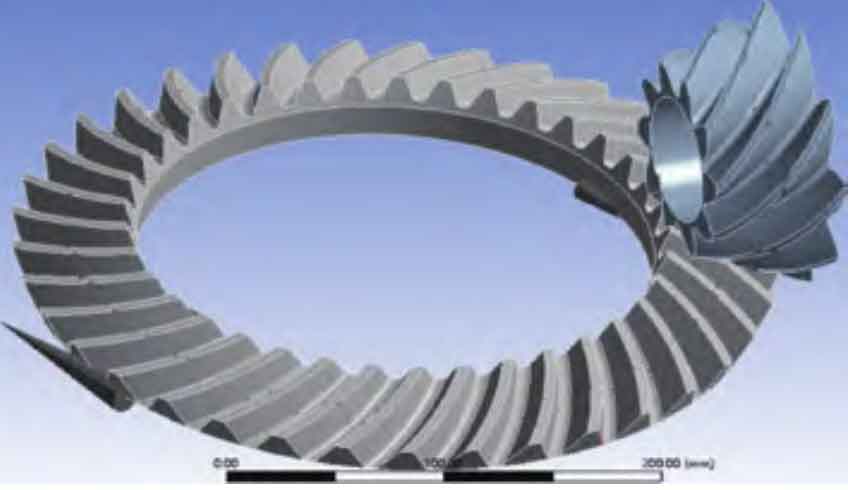As a critical component in many mechanical systems, spiral bevel gears have seen significant advancements over the years. The field continues to evolve with developments in materials science, computational capabilities, and manufacturing techniques. This article explores some current trends in spiral bevel gear technology and offers predictions on what the future may hold.

1.Advanced Materials:
As materials science progresses, the selection of materials used for spiral bevel gears is likely to expand. High-performance materials such as advanced steel alloys, composites, and ceramics offer higher strength, lighter weight, and better wear resistance, which can greatly enhance gear performance. The future may see the widespread adoption of such materials in gear manufacturing.
2.Enhanced Computational Modeling:
The use of computational tools for designing and analyzing gear systems is expected to become even more sophisticated. Improvements in software and computational capabilities will enable more accurate modeling of gear performance under a variety of conditions. This could lead to more optimized designs and a better understanding of how to improve gear performance.
3.Precision Manufacturing:
Manufacturing techniques continue to improve in precision and capabilities. Methods such as 5-axis CNC machining and 3D printing are becoming more refined and widely adopted. In the future, these techniques could produce spiral bevel gears with unprecedented precision and complexity, further enhancing their performance and expanding their potential applications.
4.Sustainability:
With the growing emphasis on sustainability and green manufacturing practices, the gear manufacturing industry is likely to see shifts in this direction. This could involve the use of more environmentally-friendly materials and manufacturing processes, as well as the development of gears that enhance energy efficiency in mechanical systems.
5.Smart Gears:
With the advent of Industry 4.0, the integration of smart technology into mechanical components is becoming increasingly feasible. Future spiral bevel gears may feature embedded sensors and IoT connectivity, providing real-time data on performance and wear. This could enable predictive maintenance, further extending gear life and enhancing system reliability.
The future of spiral bevel gears is likely to be marked by advancements in materials, computation, and manufacturing. At the same time, trends towards sustainability and smart technology will shape the development of these essential components. While the precise path of progress is hard to predict, it is clear that spiral bevel gears will continue to play a crucial role in mechanical systems and will see ongoing advancements in their design and manufacturing.
